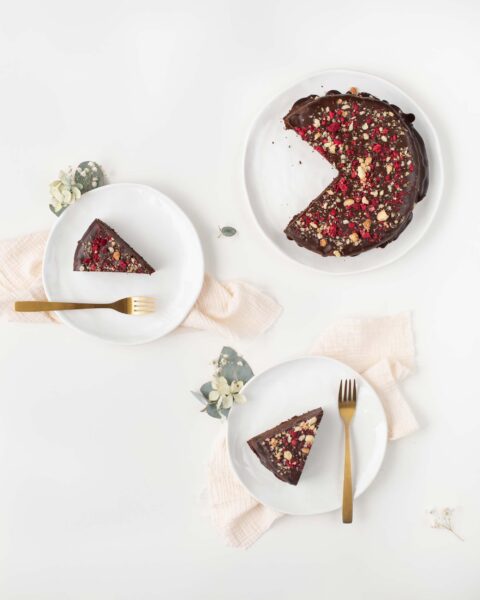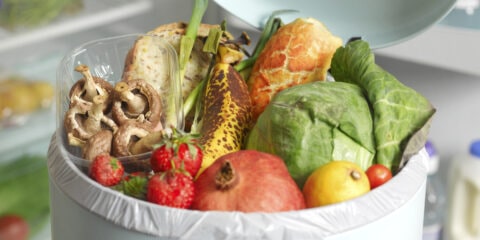Chief winemaker of The Hunting Lodge Pete Turner reads between the lines of wine labels and decodes all those delicious adjectives for us.
How many times have you been at the wine store unable to decide between two bottles of wine? A quick glance at the back labels only adds to your indecision. Do you go for finely textured with nuances of zesty key limes or crisp structure with hints of kaffir lime leaf? Then you think to yourself, “What if I open it and all I can smell is… lime? Do I not have a sophisticated palate? Am I just a pleb?” Not likely. Wine labels can be complex, confusing and intimidating.
Unlike much of the Old World, New World wine producers – New Zealand included – make it easy to choose a wine by grape variety from the front label. However, back labels are a different beast. Back labels can be elaborate pieces of literature, humorous stories or a boring minefield of complex terminology.

Wine has always been clouded in romantic mystique, and let’s be honest, it is part of what keeps wine interesting. Everyone likes busting out a few adjectives and winemakers are no exception.
After all, a back label is the one space a wine producer has to tell their story. However, what is supposed to inform can sometimes intimidate. Fancy prose, mouth-watering adjectives, and even a few sexual connotations – it is advertising after all. So, what does all that waffle actually mean?
Aromas and flavours
A wine’s aromas and flavours fall into one of three categories. Primary characters are the aromas and flavours of the grape and alcoholic fermentation. Think fruits, florals, herbs and spices. Secondary characters are derived from further winemaking influence such as yeast lees or oak. Examples might be bread, butterscotch or cedar. Finally, tertiary characters evolve during maturation such as honey, leather, nutty, or meaty flavours.
But herbs aren’t just herbs and every descriptor needs a little spicing up. Enter the adjectives. Let’s look at some of the commonly used ones. Be warned: adjectives can be subjective but so can the explanations that follow.
Wine label glossary
Appealing/Pleasant
Unimaginative adjectives.
Delicate
Refers to pretty or otherwise underwhelming aromatics.
Dense
Chewy and concentrated.
Earthy
One of the more ambiguous terms, earthy has been likened to tasting the forest floor. Yes, you read correctly.
Elegant
Lighter in structure, or just lacking in weight.
Fleshy
A carnivore’s description for a big, juicy mid-palate.
Food-friendly
Food-friendly wines are restrained, but this is sometimes just an excuse for lacking substance or personality.
Fruit-forward
Fruit-forward covers 95% of New Zealand wines.
Jammy
Implies very ripe fruit which isn’t such a thing in New Zealand’s chilly climate.
Mineral
Mineral is one of those words like ‘postmodern’ which can basically mean anything you want it to. Minerality has been compared to licking river stones (after you’ve tasted the forest floor of course!)
Savoury
Savoury is less fruity, perhaps even a little bit feral.
Silky
Denotes fine tannins and is typically reserved for Pinot Noir or Syrah.
Structured
A structured wine typically has a firm backbone, otherwise known as big, grunty tannins.
Textured
Describes the tactile sensation or mouthfeel of a wine and can be anything from grainy to creamy, or just plain rough and rustic.
Zesty/Crisp
Could translate to bone-dry, racy, or mouth-piercing acidity.
Full-bodied, assertive, rich, bold, concentrated, generous, intense?
Well, you be the judge.
When you read: hints of, nuances of – you need to be a Master Sommelier to sniff out these ones!
Ignore the clichés
Finally, don’t be seduced by these clichés: handcrafted, world-class, award-winning, reserve or noble. None of these divulge much about a wine or its quality.
Winemakers, myself included, are guilty of throwing these clichés around like new oak. Wine language has been written and embedded in culture and history. The trouble is we sometimes forget the average punter doesn’t know what we’re banging on about. Back labels contain a bit of mystique but also a bit of information. At the end of the day, which would you rather enjoy? A “medium bodied dry, red wine”? Boring! Where is the romance in that? So, how about a wine “displaying intense flavours of rich, dark chocolate, ripe black plums, and fine, chalky tannins”?
Don’t be scared by back label jargon. You don’t have to technically evaluate a wine to appreciate it! At the end of the day, you’ll probably just pick the label that looks cool, right? But if you decide those limes are most definitely single origin Tahitian, and not kaffir or key, well that’s okay too. Cheers.








